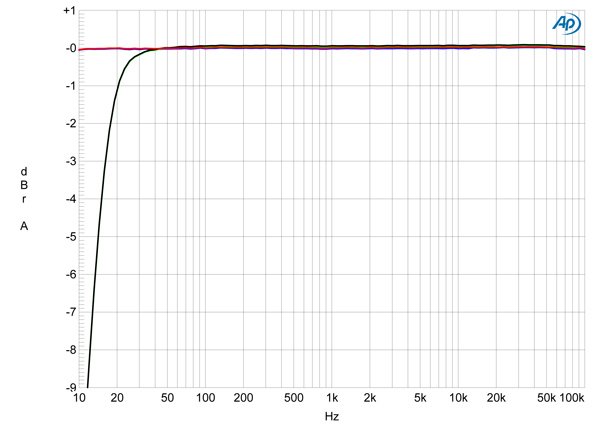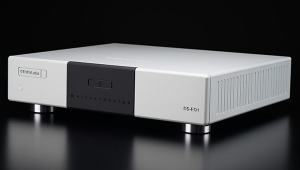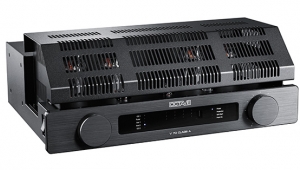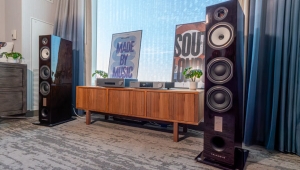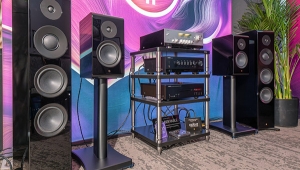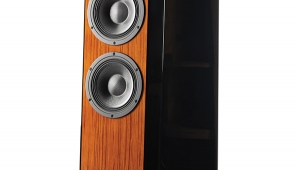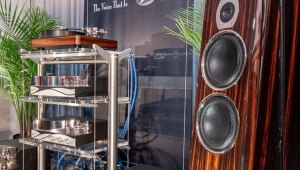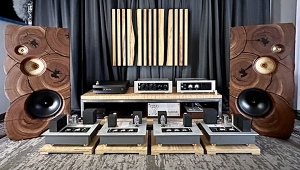| Columns Retired Columns & Blogs |
I ordered up my Lino C 3.0 last year and Rob had it built in a couple weeks. Rob is really responsive and has helped me troubleshoot several issues over the years, usually digital interface software problems. He is one of the truly good guys in the business and I love my Lino, which I feed with two tables: one setup for the current-input for LPs and another dedicated to 78's with an additional MM input. The Lino, configured for flat output, then feeds an A/D interface for digital RIAA and room correction. I dare you to try that solution Mikey. You might just abandon the megabucks phono-preamp in favor of a true game-changer: Room correction for LPs with Acourate or Audiolense. Don't think that swamps the subtlties of an analog phon-preamp? I got a bridge in Brooklyn to sell you...
